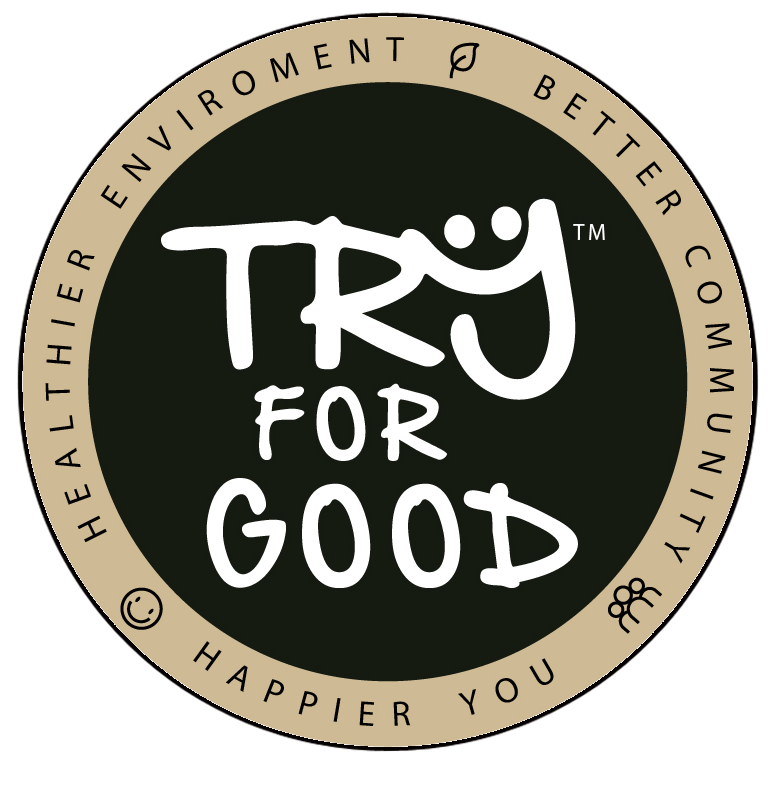Dr. Anju Dave Vaish
Communications Strategist- Sustainability
From the era of print advertisements to radio and TV commercials, from sponsored satellite channels to the digital and social media posts of today, consumers have been constantly exposed, evoked and enticed into BUYING! Besides pushing sales, advertisers always had this opportunity to influence masses and create better communities by building awareness. But back then, the social responsibilities were left only with the Government to address. Even though the likes of Coca Cola or Colgate were able to penetrate deep into the rural landscapes of developing countries, little could they think of giving something back then as compared to today. Today when CSR is not just realized but also made mandatory in some developing nations like India, are the global giants up for sustainability in a true sense?
In the Europe and the US, where customers are won by building a ‘Net Positive’ image, are the brands adopting similar approach in the other regions?
In the West, conservative practices and thoughtful consumerism is being highly embraced. Something to the extent of creating a want for “recycled clothing brands.” On the other hand in the East, or other developing regions with the growing economies and liberalized global policies, there is a creation of yet another “use and throw economy”. The West realized it too late; a lot of damage to the ecosystem is already done by turning humans into consumption and disposal machines. It is exigent that the same curve is not followed in the developing countries. The most populous Asian countries like China and India are the big fishing hubs for the global giants. These countries are already battling with the unsustainable development needing more effective ethical and meaningful brands.

India is a booming economy and all eyes are on it to generate sales. From fulfilling the needs, the new age focus is “must have”. From conservative values, it is shifting to buy never ending.” If the marketers do not advertise responsibly, no one can save the developing countries from heavy consumerism and horrifying disposal and depleting resources. The impact is all in the ecosystem, landfills, garbage, energy and fuel wastage and rising pollution, which the generations will have to bear. Not to miss the calamities and epidemics happening as of today also. The funny question is, up until now all the disposals and scrap from the affluent world used to come to the third world. With better buying and disposing of abilities in the growing economies, where does it go from here now?
If the marketers do not advertise responsibly, no one can save the developing countries from heavy consumerism and horrifying disposal and depleting resources.
In the West, with the rising consciousness among people, fueled by the social media; the brands cannot sell anymore just by the outer sheen or cosmetic looks. They have to be “good” inside out. This means that they must use sustainable practices at the core- conserving water, power, using alternative energies, and above all innovating technologies for a better tomorrow. The unfortunate part is that these leading brands still seem to be adopting the old tactics with the missing element of “responsibility ” and pushing “heavy consumerism” in the developing nations.
Commercials like #aurdikhao #apnidukaan #adjustnomore have won millions of hearts and the seller has managed to become the top grosser in India. But it’s time now, that if they promote buying new and more on Diwali for everyone, they also show a way on how to recycle or manage the “purana” (old)! The possible solution could be promoting something like the “shoe and clothing drop boxes” much like in the West. It’s time that the sellers make a call for recycling the tons of packaging material which probably sits in the landfills forever. Creating this fierce culture of “buying more and endless” may not adversely impact the ecosystem, but also brings about a great imbalance in the society.
Creating this fierce culture of “buying more and endless” may not adversely impact the ecosystem, but also brings about a great imbalance in the society.
The market indirectly drives people to shun those who cannot match the pace of earning and spending so much- because they are disabled, old or have limited resources. Their money is foremost diverted to their sheer well-being or existence. Do they not have rights to be happy with new or the latest? When the marketers come up with tons of promotional schemes, they can also come with something as a privilege discounts for those who are handicapped, and even their family caregivers who may lost the best of opportunities to match with the fast paced world. The lean hours in the malls can be easily diverted for easy accessibility by the physically challenged, who otherwise are bound to get confined with every place being over crowded. Rather than just offering privilege discounts to buy more and get more, the sellers, the cafes and the diners and the taxi operators can all can think of collaborating to bring privileges for the not-so-fortunate in the community.
It is not just about the poor people or the oppressed women where loads of campaigns have created an overload. And it is not about riding on that one liner to show your goodness. There has been tapping into the emotions through “showing good” for the poor, by #StainsAreGood, or gender equality by #ShareTheLoad. Fair enough; but there needs to be a bigger movement, which media can bring about building awareness among people for a more holistic sense of “responsibility” – towards the environment – saving water, power, and energy. And towards the community which can be more compassionate and care for each other, including the poor, old, lonely, confined and disabled!
Buying culture also builds a silent negative materialistic culture which the Western world has already seen.However, with not so much of law and order in the developing countries, the insatiable desires force people into making shortcuts including committing crimes “to have it all”. There are also campaigns for supporting girl child, educating them which are all pretty commendable. But what is needed is to influence the masses at a deeper level. It may no longer be about being literate or being aware, but about being conscious to make responsible choices.

It is important that the sales are not pushed on some sentimental gimmicks, but by bringing radical change in the business ethics, consumer behavior and build a culture of positivity, hope, happiness, and collective consciousness. By making people more scientifically aware and informed about making the right and responsible lifestyle choices.

